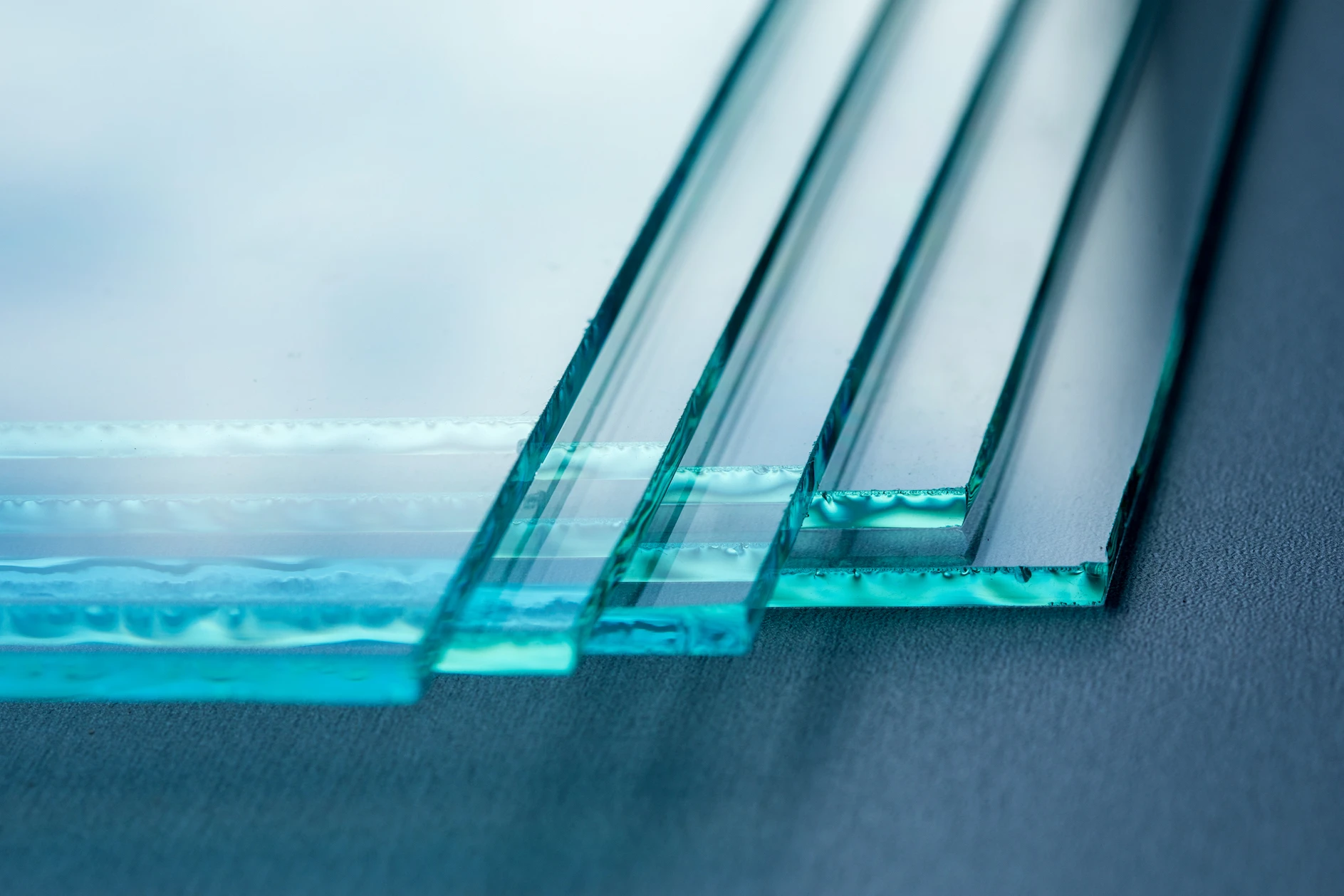

Low E 340 glass is a remarkable innovation in the field of building materials, particularly known for its energy-efficient properties. The term Low E stands for Low Emissivity, which refers to the glass's ability to minimize the amount of infrared and ultraviolet light that passes through it, without compromising the amount of visible light transmitted.
One of the standout features of Low E 340 glass is its impressive thermal insulation properties. By limiting heat transfer, it helps to reduce energy consumption significantly. Buildings fitted with this type of glass often see a marked decrease in energy bills, making it an economically sound choice in the long term. Moreover, it contributes to sustainability efforts by lowering overall carbon footprints, making it a preferred choice for environmentally-conscious construction projects.

The visual clarity and aesthetic appeal of Low E 340 glass cannot be overlooked. While it offers superior performance in energy efficiency, it also enhances the overall look of a building. The glass allows natural light to permeate, creating bright and inviting interiors, which is crucial for both residential and commercial spaces.
Additionally, the durability of Low E 340 glass makes it suitable for various applications, from windows and doors to facades and skylights. It is designed to withstand environmental stresses, ensuring long-lasting performance and reducing the need for frequent replacements.
In summary, Low E 340 glass emerges as a champions in the realm of energy-efficient building materials. Its ability to reflect heat while allowing natural light to flow in aids both economic and environmental goals. As more builders and homeowners recognize the benefits of incorporating this technology into their designs, the adoption of Low E 340 glass is likely to continue growing, paving the way for a more sustainable future in architecture.